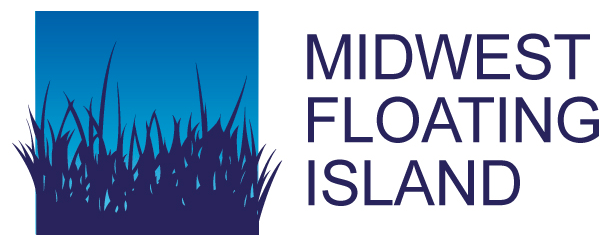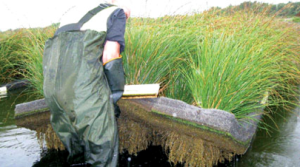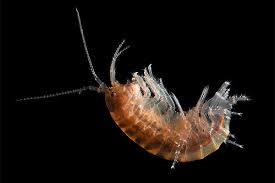What is Phosphorus? Why is it Important?
Phosphorus is an essential nutrient for all life on Earth. It plays a crucial role on nearly all forms of life, from providing the backbone for the structure of DNA to the growth and repair of bone and muscle tissue.
Where is Phosphorus Found?
In aquatic systems, phosphorus can exist in two distinct categories: the particulate phase and the dissolved phase. Particulate phosphorus includes phosphorus present in living and dead microorganisms, precipitates, and amorphous conglomerates. In contrast, dissolved phosphorus is typically found in inorganic phosphorus, organic phosphorus excreted by organisms, and colloids – insoluble clumps suspended in the water.
Is Too Much Phosphorus Bad?
Like many other essential nutrients, phosphorus can have detrimental effects on an ecosystem if too much of it is present. However, phosphorus is unique in that it is usually the limiting nutrient in the lifecycle of many microorganisms. Consequently, when there is too much phosphorus, population growth of some organisms explodes. In freshwater systems, excess phosphorus can lead to algal blooms that deplete the water’s oxygen levels.
Whether or not a body of water has a “healthy” amount of phosphorus depends on a few factors, such as whether or not the water is moving and if it empties into a larger body of water. For lakes reservoirs, 0.025 milligrams per liter (mg/l) is considered a healthy amount, while moving streams can contain up to 0.1 mg/l.
How Do Floating Islands Help Phosphorus Levels?
Floating Islands help cycle phosphorus to healthy levels by regulating both particulate and dissolved phosphorus. Though phosphorous can never be actually removed from a system entirely, Floating Islands help induce natural mechanisms to store and regulate the phosphorous available in the water. The processes of reducing excess phosphorus is accomplished in a combination of five pathways:
-
Filtration and sequestration of particulate phosphorus.
The matrix material and complex root systems from the island’s plants both work to capture particulate phosphorus suspended in the water. These particles are either retained by the island or settle into the sediment under the island
-
Incorporation into the island’s biomass.
Here, the phosphorus is used directly by microorganisms in the island, either by those in the biofilm within the island, the soil on top of the island or by larger organisms such as insect eggs. It is used here to contribute to the overall growth of the island, which creates a natural island around the original Floating Island “seed.”
-
Sequestration into sediment.
If phosphorus has settled under the island, it can be sequestered (chemically bound) into the sediment. Though this can occur without the presence of an island, Floating Islands help maintain aerobic (oxygen-present) conditions that greatly speed of the sequestration processes.
-
Incorporation into the food chain.
The presence of a diverse organisms in the Floating Island habitat will result in much of the excess phosphorus being absorbed into the food chain. The more life the island brings, the more organisms there are to store it within their natural life cycles. The micro-invertebrates, the frogs, turtles and fish all consume it either directly from the biofilm or from eating other species in the food web.
-
Reduction through plant uptake.
In a process called phytoremediation, plants both present on the island and in the water process the excess phosphorus in the water in their roots.
Have any questions? Contact us at:
(651) 379-2492



